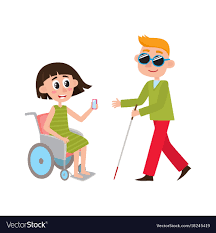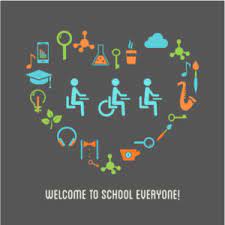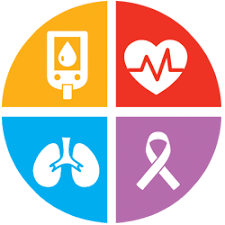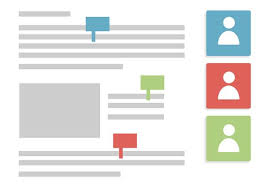

Module 4: Low Incidence Categories

What did I begin to understand?


Categories D & E
Category D - Physical Disabilities or Chronic Health Impairments
"A student is considered to have a physical disability or chronic health impairment based on the need for special educational services due to one or more of the following:
nervous system impairment that impacts movement or mobility
musculoskeletal condition
chronic health impairment that seriously impacts students' education and achievement" (BC Ministry of Education, 2016)
Because of the variations of need for each physical disability, students only qualify for funding in this category if their functioning and education are seriously impacted because of the disability or impairment (BC Ministry of Education, 2016).
Some examples of chronic health impairments include cancer, epilepsy, diabetes, cystic fibrosis, and multiple sclerosis. While the symptoms for each impairment are very different and will need specialized supports in certain areas, some of the strategies that can be used to support the students are the same. These include providing extra time and flexibility for assignments, create strong communication between parents and teacher and between the student and their peers, create structure and routine that is easy for the student to return to, work on social emotional programs to build compassion and understanding, and using preferential seating.
Category E - Visual Impairment
"Visual impairment in a generic term that covers a range of difficulties with vision and includes the following categories: blind, legally blind, partially sighted, low vision, and cortically visually impaired.

Categories F, G, & H
What's Next?

How will I use what I learned?
I have downloaded and saved the collab documents that we worked on this module. I will reference back to the strategies that everyone listed for inclusion (both academically and socially) for students with moderate to profound intellectual disabilities.
When I have a student who has a chronic health impairment, I will use the document to inform myself about some of the specifics of the impairment along with some of the strategies for helping to support the student.

What do I still want to learn?
While we dove a little deeper to examine some strategies for working with students with moderate to profound intellectual disabilities and chronic health, I would like to dive deeper into the other low incidence categories and find specific strategies that would work for them as well.